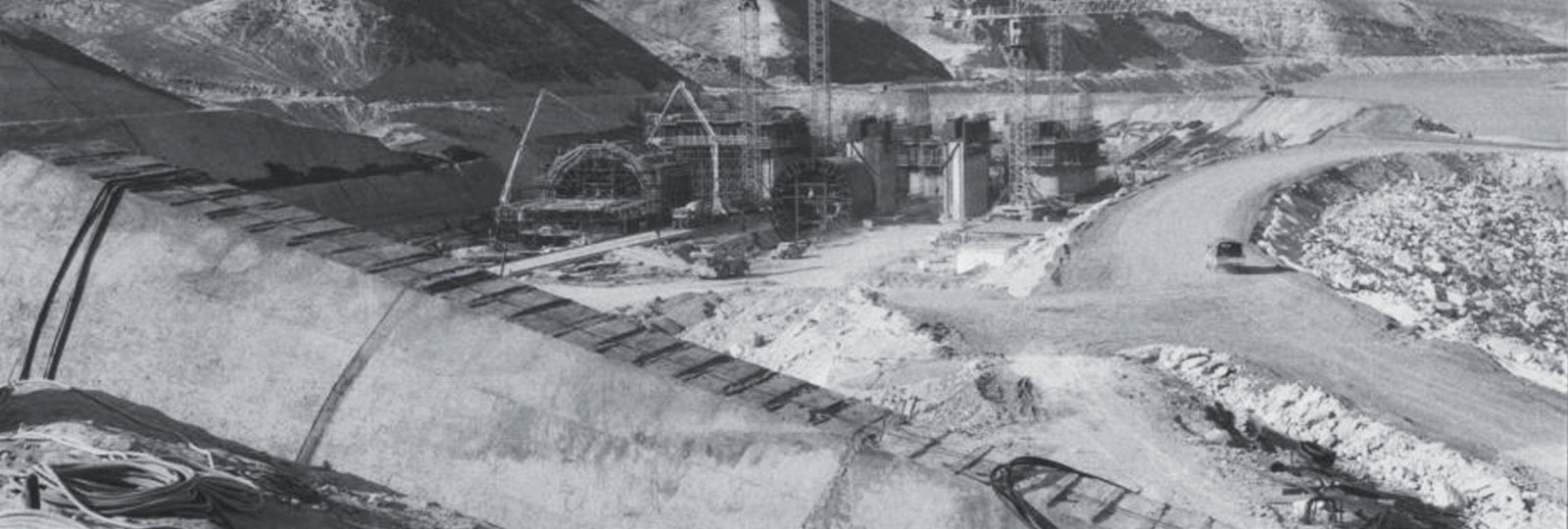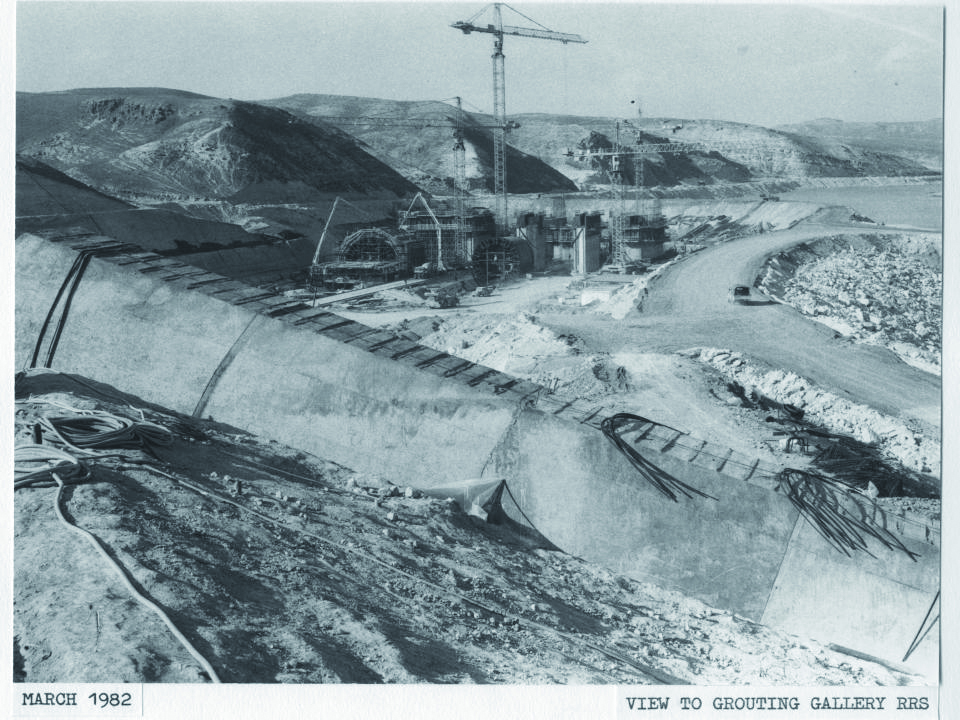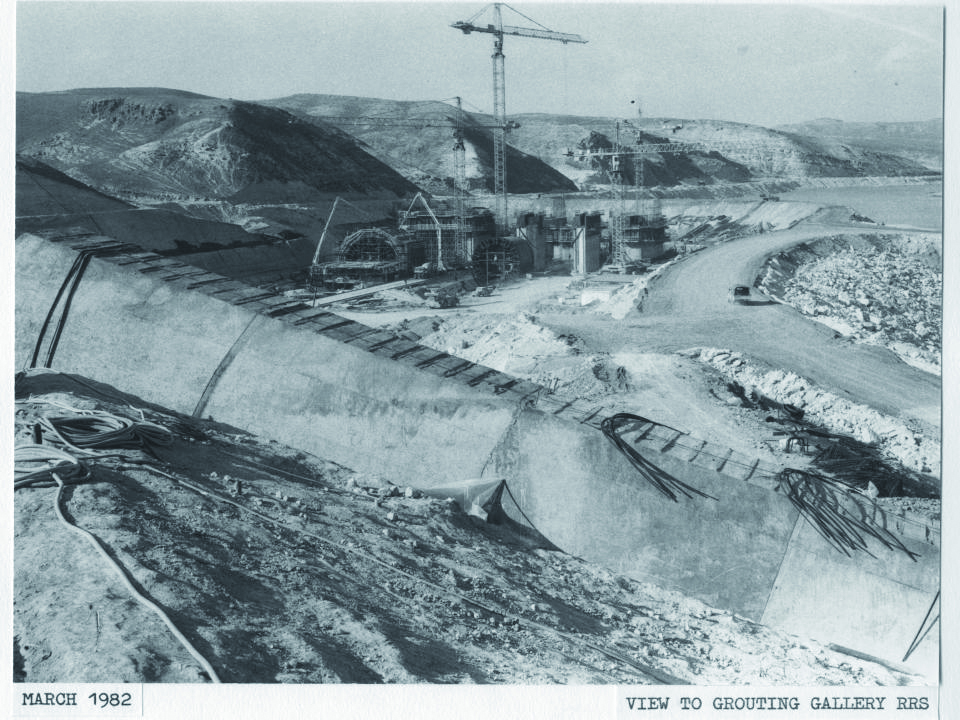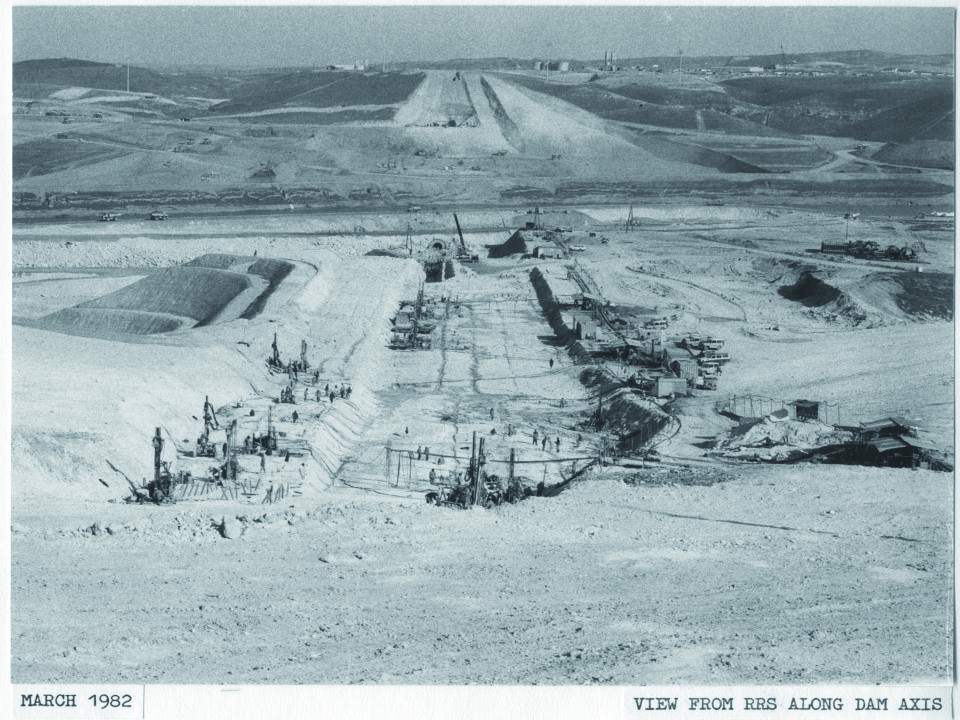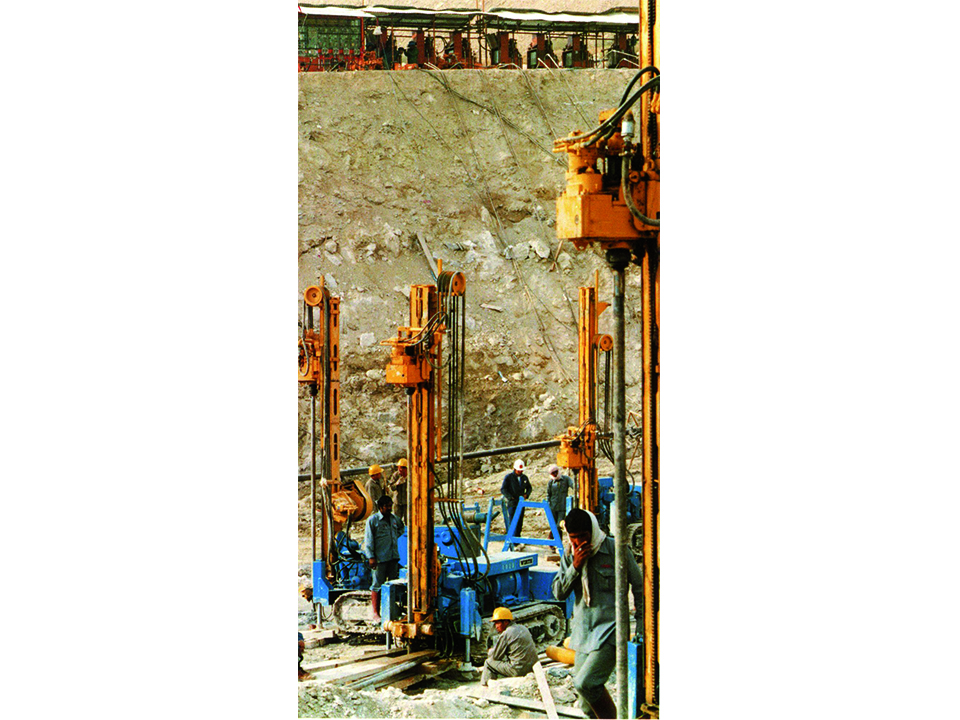The Mosul Dam: a brief historical excursus on the dam
The Mosul Dam is an earthfill dam located on the Tigris river, about 60 km north-west from the city of Mosul. Built in the first half of the 1980s, is a multipurpose project conceived for irrigation, flood control, water supply and hydropower generation.
The dam is founded on a geological formation composed of gypsum, anhydrite, marl, dolomite and limestone; its crest, 3,37 km long and up to 113 m high, is situated 343 m above the sea level. It is the largest dam in Iraq, and the fourth largest in the middle east.
The construction of the Mosul Dam began in 1981 by a German–Italian consortium formed by Hochtief Aktiengesellschaft and Rodio, during Saddam Hussein's rule. Because the dam was built on a foundation of soluble gypsum, the engineers recommended thorough grouting within the foundation before the superstructure was built. Construction was completed in 1984 and The power station began generating power on 7 July 1986.
Because of significant structural stability issues associated with the Mosul Dam, ongoing grouting and additional construction and repairs have always been necessary.
Over the last few years, the structural integrity of the dam and its operational capacity gave cause for concerns, principally because of phenomena of dissolution in water of gypsum and anhydrite layers.
Read the second episode




